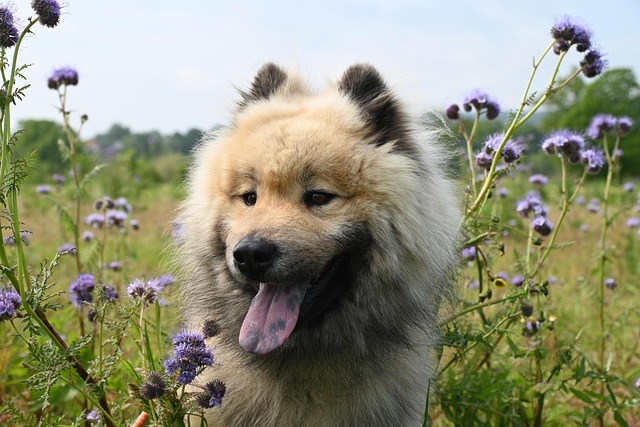The peacock butterfly (Aglais io) is a colorful species which is commonly found in the temperate regions of Asia and Europe. They spend winter weather in trees or buildings but butterflies stay all year round in its range. It is not threatened at the moment as a matter of fact peacock butterflies is expanding its range.
Peacock Butterfly Facts
Anatomy, Range & Habitat
- The wingspan of an adult butterfly is about 50 – 55 mm. The butterfly’s wings are rusty from the base.
- There are bright yellow spots at the tip of the each wing.
- They have dark-brown undersides.
- Peacock butterflies are thought to occur in meadows, gardens, woods, parks, fields, and pastures. Peacock butterfly’s habitats are found at an elevation of about 2,500 meters (8,200 ft).
- It is likely to survive in the European parks and gardens.
- The peacock butterfly is likely to be found across Ireland and Britain. Their range extends England, Ireland, Wales, and Scotland.

Behavior
- Peacock butterflies are highly territorial.
- They will pair for life.
- Adult males claim the territory and the ones that hold the territory are most likely to get attracted by the females.
- Males must defend the territory as well as the foraging areas, nesting sites, and watering habitats.
- They will actively defend the range against males of other groups. One dominant male is good enough to drive off the intruders.
- The male butterfly perches on a reasonable height to get a clear view of objects that fly pass away.
- When threatened, peacock butterflies produce alarm calls which may warn their counterparts of the ground-based predators. But when blue tits attack butterfly will make a hissing noise.
Feeding Ecology & Diet
- Adult butterflies are thought to consume many different flowering plants including dandelions, danewort, clover, hemp agrimony, buddleia, marjoram, and willows.
Reproductive Biology
- The breeding occurs in the early spring as they hibernate in the winter weather and then follow the life cycle of a butterfly.
- A female lays as many as 400 olive-green eggs in one time. She lays eggs on the nettle leaves and plants.
- The caterpillars are distinguished by their shiny black skin and head. Caterpillars are born 7 days after hatching.
- The chrysalis shows brownish green body but a tinge is darker in color.
- Caterpillars reach an average length of 42 mm.
- The pupa is dark grey to yellow in color. Depending on temperature the pupa stage lasts 12 – 28 days.
- Predators of the peacock butterfly include blue tits and small passerine birds. Studies however show that the butterflies that have got eyespots on their wings are least likely to be killed by the avian predators. Sometimes small mice may also eat peacock butterfly.





Leave a Reply